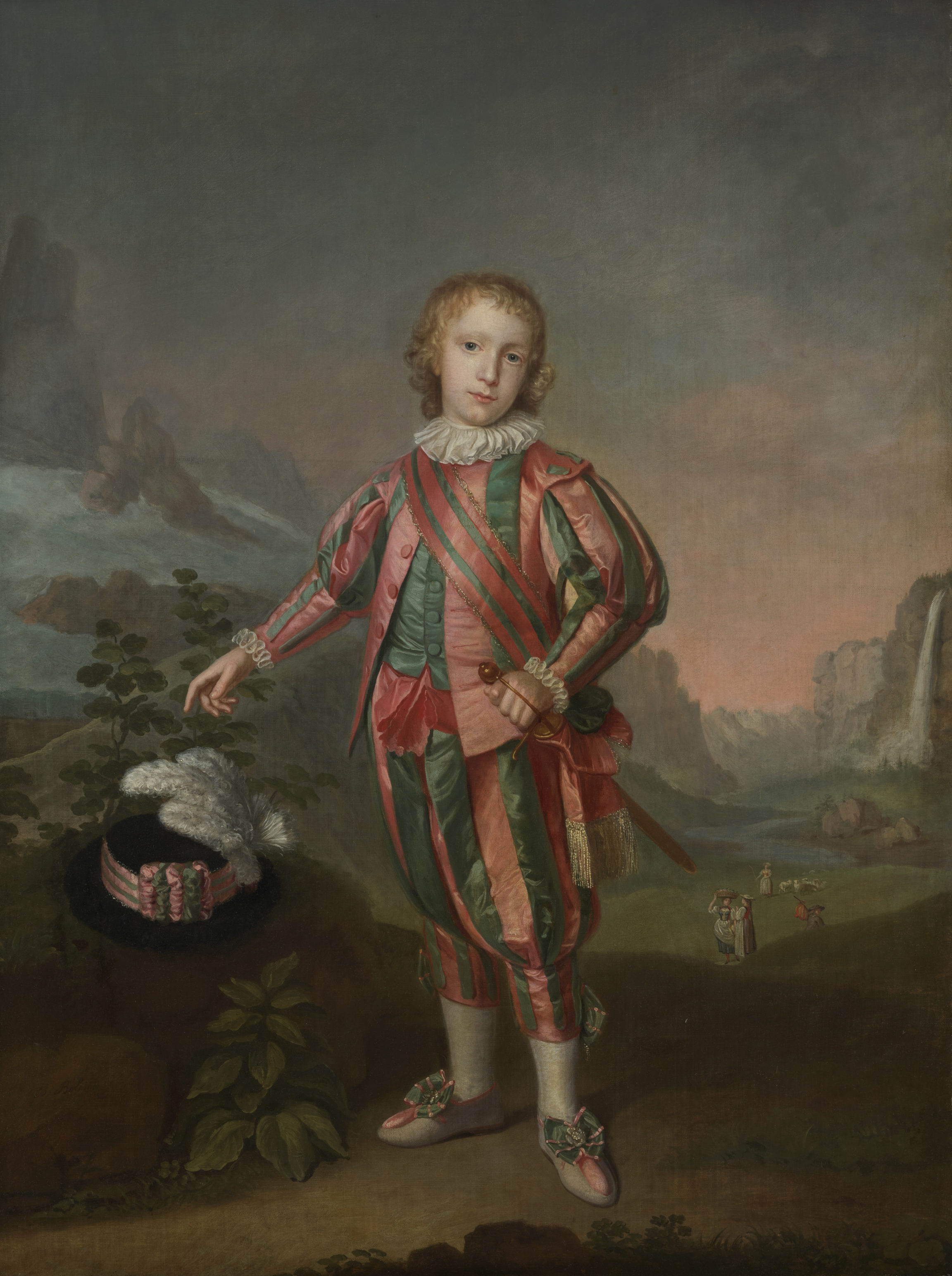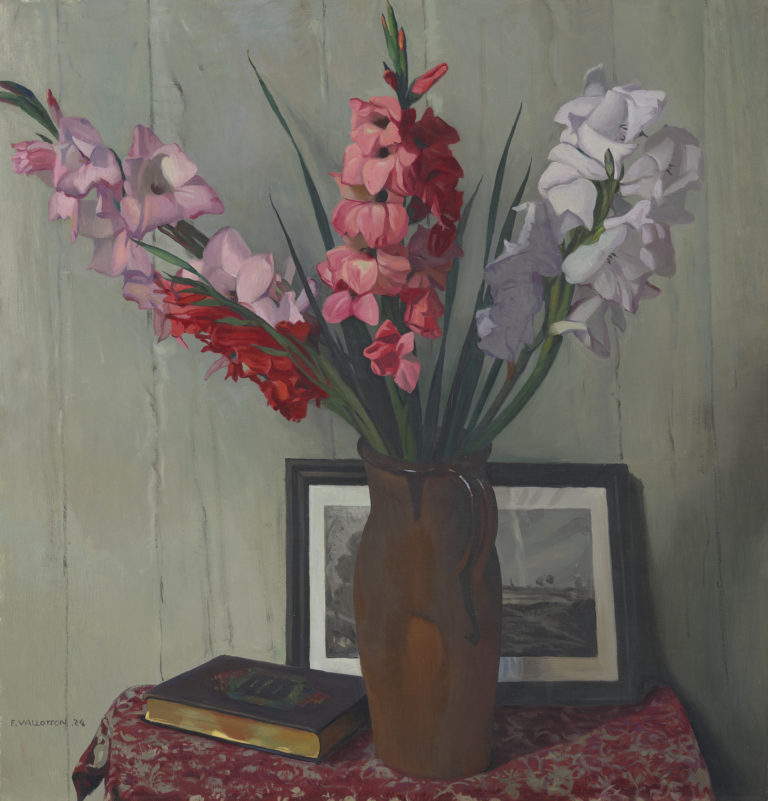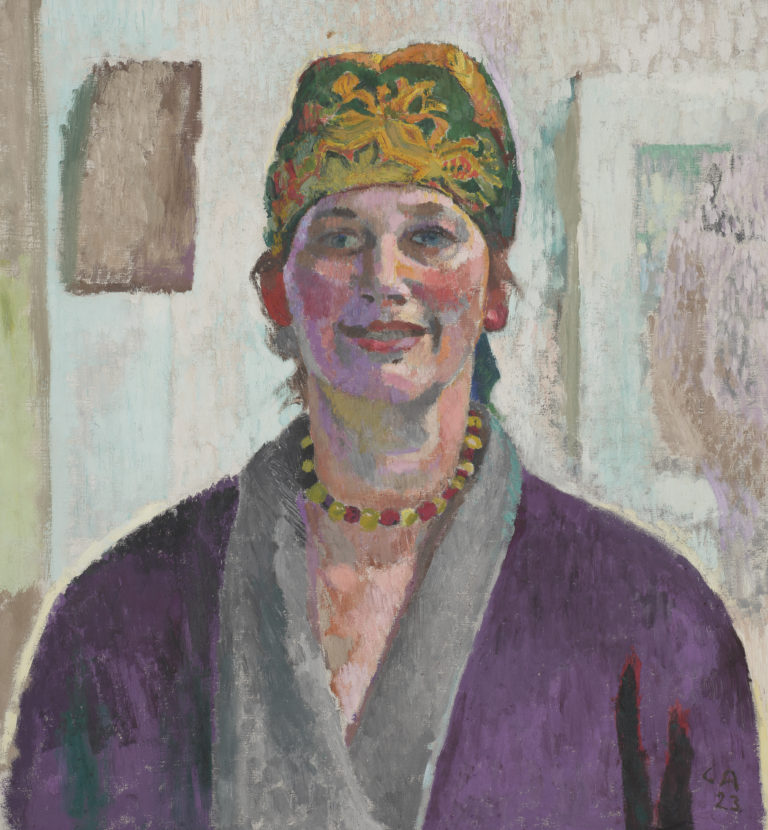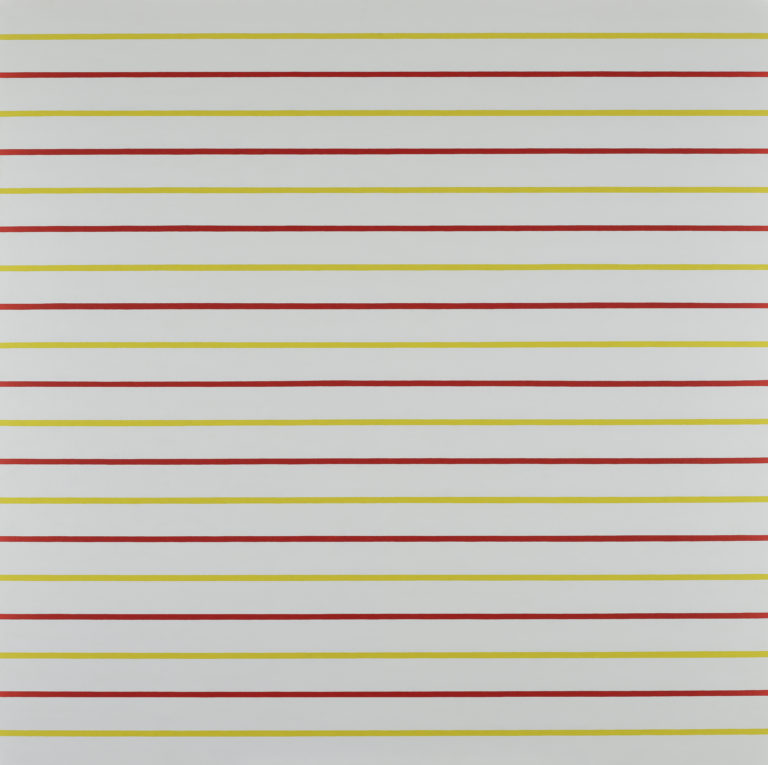Bibliography
Catherine Lepdor et Elizabeth Fischer (ed.), Modes et tableaux: œuvres de la collection et costumes de 1700 aux années folles, Les Cahiers du Musée des Beaux-Arts de Lausanne n. 10, 2000, n. 18.
Laurent Golay (ed.), Benjamin Samuel Bolomey (1739-1819). Un peintre suisse à la Cour du Prince Guillaume V d’Orange, Zwolle, Waanders Uitgevers, 2001, n. 66.
D[aisy] Agassiz, «Les peintres vaudois du XVIIIe siècle. Benjamin Bolomey (1739-1819). Peintre du Stadhouder Guillaume V d’Orange», Revue Historique Vaudoise 36, 1928, 3: 64-83 ; 4: 97-113.




Unusually for French-speaking Swiss artists of his generation, Benjamin-Samuel Bolomey, a native of Lausanne, emigrated to Holland for a career at the royal court. He trained in Paris, rubbing shoulders with the pupils of François Boucher and developing a great admiration for Maurice Quentin de La Tour, then moved to the Hague in 1763. His reputation grew in Holland, attracting the attention of the last stathouder, William V of Orange, who appointed him the official court portraitist. In 1791, he returned to Lausanne where, as an ardent republican, he campaigned for independence for the canton of Vaud.
Here, the artist has placed his model in front of the Staubbach Falls at Lauterbrunnen, a Bernese Oberland landscape that he peopled with figures in regional costume. The location, reputed for its scenic beauty, inspired Goethe’s famous 1779 poem Gesang der Geister über den Wassern (Song of the spirits over the waters). The boy’s costume, with ruffs at his neck and wrists, padded shoulders, puffed sleeves and pantaloons, and hat with a plume of white feathers, gestures to Spanish fashions of the late sixteenth and early seventeenth centuries. The anachronistic garb reflects the aristocratic eighteenth-century fondness for masquerades.
There is some debate over the date of the painting and the identity of the model. Was it painted at the Hague, since it found its way into Princess Victoria of Prussia’s collection? Or is it a portrait of the artist’s grandson Louis-William-James Bolomey, who visited Lausanne in October 1810? It is also striking that the work is an open-air composition, demonstrating that Bolomey, late in his career, was adapting longstanding styles borrowed from Van Dyck to the new sensibilities towards nature emerging across Europe.